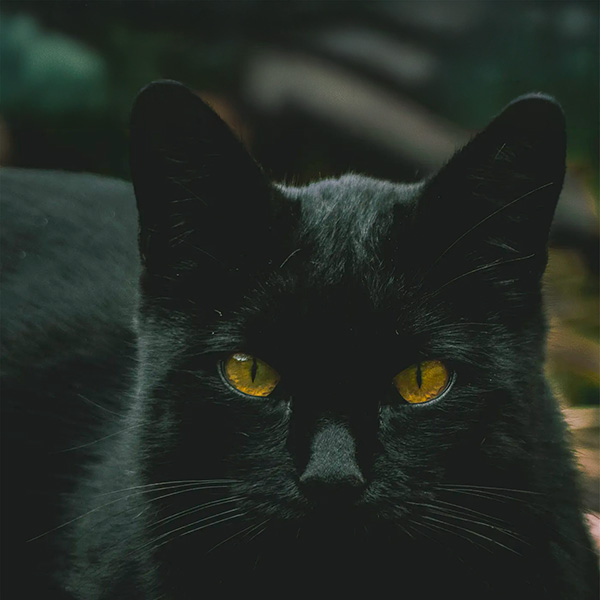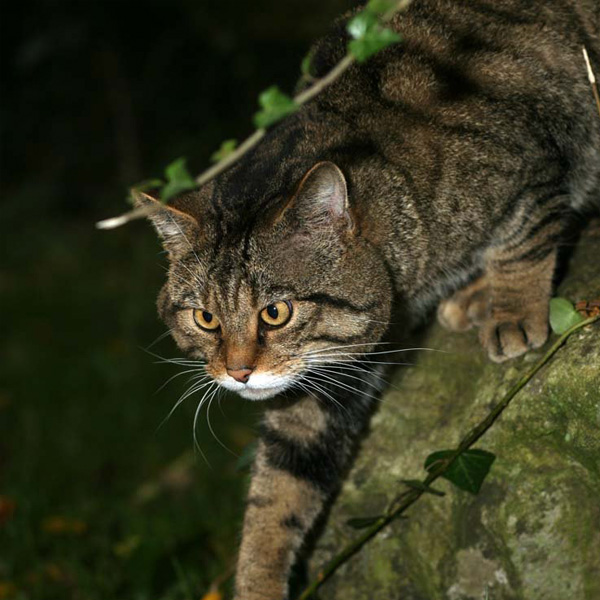Our Goal is to conclusively prove that true big cats (genus: Panthera) are living wild in Surrey/England by means of time- and date-stamped digital pictures and/or video that will be independently verified as being in the UK, using camera traps and other recording devices. Field evidence and eyewitness accounts, along with DNA or a body, will also support our findings.

If they have been breeding here for many years, it may be advantageous for a woodland predator to be black.
Many sightings report a Labrador-sized black cat, similar in appearance to a panther or puma, as well as sandy-colored pumas and lynx. Could it be that we have our own naturalised species of black puma in Surrey? While this is unlikely, as there has never been a recorded case of a black puma in history, it’s not impossible; all cats have the ability to become melanistic (a genetic trait that turns offspring black). If they have been breeding here for many years, it may be advantageous for a woodland predator to be black. More study and research are needed
Another hypothesis being discussed in the BBC forums is the natural selection of large feral cats evolving to fill a niche. It’s widely known that, to survive in a cold climate with freezing temperatures, animals with larger body mass are better able to retain heat. Could it be that the bigger cats are surviving and passing on their genes? This is evidenced by the Scottish Kellas cat (a large black hybrid domestic/wild cat). Could there be an English strain?
Whatever they are, some are big enough to take down deer. SPW has received two reports of cats chasing deer. We also received a credible historic report of a puma chasing a domestic cat 30 feet up a tree.

The Kellas cat is a large black cat found in Scotland. It is an interspecific hybrid between the Scottish wildcat and the domestic cat.

Very few people have seen a wildcat – it's Scotland's most threatened mammal, with perhaps only a few hundred still alive
View Our Camera Traps Campaign


